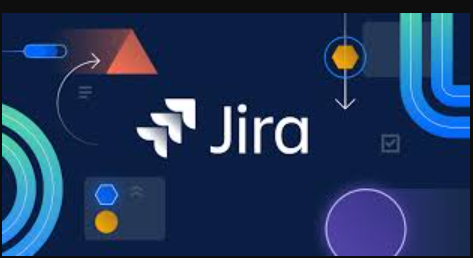
I took my first AWS beta exam today, the SAP on AWS Specialty Certification. The exam follows the standard AWS format of exams - questions with multiple choice, with either one or multiple answers being correct. Questions were pretty long in the main with the final important bit of the question being at the end of the scenario separating out plausible answers from the correct answer, like what’s the most cost effective, highly available etc. The main difference being a beta was there were 85 questions and a whopping 220 minutes (yes you read that right 3 hours 40 minutes!).
I’ve been training and getting certified on AWS now for 5 years, with 4 years of practical experience. My background is more from an infrastructure side so I’d like to consider myself very knowledge on networking, storage, compute and the security services, and less on application development. I have however got the benefit of working on SAP on AWS with one of our long standing customers at Atos for around a year from mid 2019 to mid 2020, and before that have moved some SAP systems from a customer premise to Atos data centres back when clouds to the masses were just things in the sky that signified it might rain. I presented to auditors on that solution to help Atos gain the SAP on AWS Service Delivery Competency. So armed with my good knowledge and experience of AWS and racking my brains on my previous SAP project experience I thought I’d give it a go.
I’ve provided the resources I used to prepare for the exam below, as given it’s a beta exam there are currently know exam prep training courses to use.
I used training material provided by AWS, unfortunately I think this is only available to AWS Parter Network (APN) partners. I only completed the AWS Partner: SAP on AWS (Technical) course, but there are a number of other useful ones in there for backint, Launch Wizard etc — https://explore.skillbuilder.aws/
There’s an AWS website that provides numerous technical articles on SAP on AWS and there’s the recently release SAP Lens for the Well Architected Framework:.
I had intended to attend a 1 day free virtual course, but work commitments got the better of me, again this one is for APN Partners only I think.
Finally I used the exam guide and the sample questions to help me check my knowledge, again because there are no courses with practice tests / quizzes to do currently.
Having now taken the exam I‘d recommend you ensure you have a good mix of AWS and SAP knowledge, probably sounds obvious but I definitely found the AWS questions were fairly easy to answer, and the SAP application migration, consolidation and questions on Oracle and DB2 took a process of elimination to either get to the right answer or have a 50/50 educated guess. That said I only marked 25 of the 85 questions for review so I’ve got my fingers crossed for a positive outcome when the beta results are released in about 3 months time, with the beauty being if I’ve not passed I get a free attempt at the real thing for being a guinea pig!
If you’re still considering taking the beta, or preparing for the real thing once it’s available and are struggling with what to revise I would suggest if you’re a in a similar position to me you spend more time looking at SAP, and if you’re more from the SAP side you spend more time learning AWS networking, compute and storage services. Of course as part of the exam NDA I have to be careful about what I share, so you won’t get any exam questions here, but I’d suggest you pay particular attention to understanding the following topics…
Networking, including overlay IP addressing for high availability, load balancing, hybrid connectivity back to on premise, and not what is just technically feasible but what is documented as best practice (think Well Architected Framework).
Storage, in terms of what’s right for a given situation around performance, price and whether it’s dedicated to an instance, shared or for backups.
Migration process methodologies. I had a huge number of questions on this topic. You need to know heterogeneous migration (for example, SAP export/import with Software Provisioning Manager (SWPM), Software Update Manager — Database Migration Option (SUM-DMO) with System Move, third-party vendor tools). You also need to know homogeneous migration methods, for example native database replication techniques from HANA, Oracle and the odd DB2 and SQL server question came up. You need to know how to minimize downtime, as well as cost as different scenarios are given with different focus.
Designing single and distributed SAP solutions on AWS infrastructure, either for cost effectiveness (dev, test) to highly available within a region (multi-AZ) or cross region need to be understood. How to reserve capacity in the event of a DR, as well as what techniques you can use to put that capacity to work in normal circumstances is good knowledge to have.
Automation is covered well and you’d benefit from knowing when to use the Launch Wizard versus the AWS Quickstarts.
Understanding scale-up and scale-out options are important, as from what I remember from other exams this is really the first time I recall being tested not just on specific instance types but sizes within those families and what happens when you migrate from one to another, be it older generations to nitro based systems or even the bare metal instances.
Finally make sure you brush up on the AWS specific agents, namely installing troubleshooting and updating AWS Data Provider for SAP, as well as the AWS Backint Agent for databases.
Good luck!









